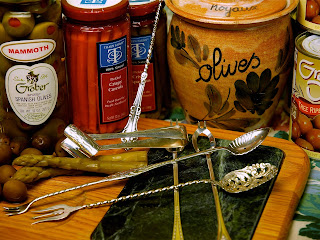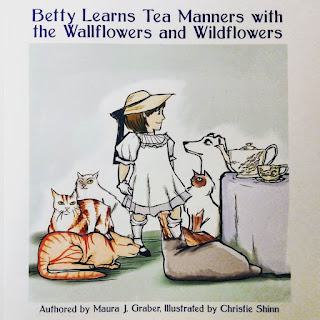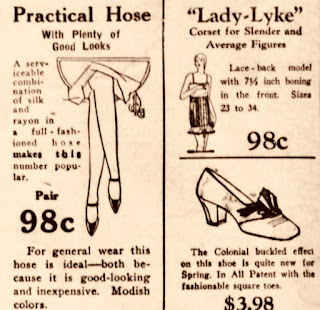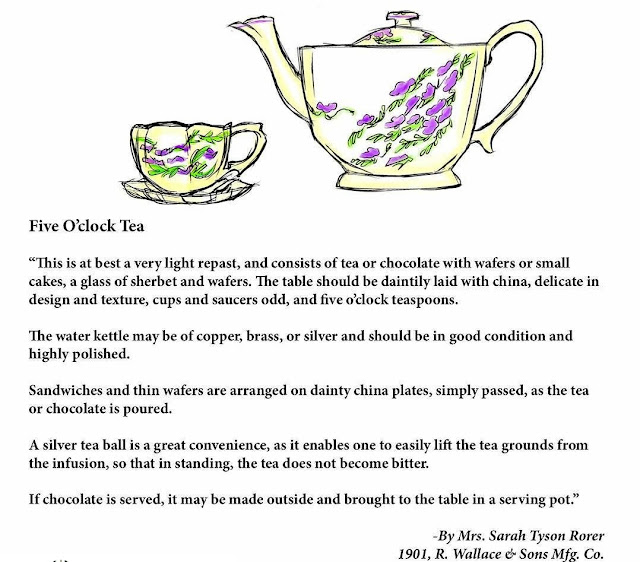Each talk or class is approximately 2 hours. Our most popular talks are listed below—
- Designed for Dining – The What, ‘Ware and When of the Table
- Victorian Era Etiquette and Her Queen
- Tea History and Tea Etiquette
- Reading the Tea Leaves and Other 19th Century Pastimes
- Dining with Royalty; From Picnics to the Palaces
- Victorian and Edwardian Era Fads and Fancies
- Dining Etiquette; the “Do’s and Don’ts” for the Table
- Shaped to Please; Pots, Their Purposes, the Cups and Pleasures
- Jane Austen's England and the Silver Fork Novel
- Learning Tea Manners with “Little Betty” (for ages 6 and up, accompanied by an adult, these include a book)
To find out about upcoming Talks and Tea, or to book a private Talk and Tea for your group, club or special event, call me at 800.891.RSVP






































